Uno rules stands as one of the world’s most beloved card games, particularly cherished on online casino platforms like WINPH in the Philippines. With its perfect blend of luck and strategy, Uno delivers not only entertaining moments but also challenges players’ tactical thinking and decision-making skills.
Introduction to Uno Card Game Rules Philippines
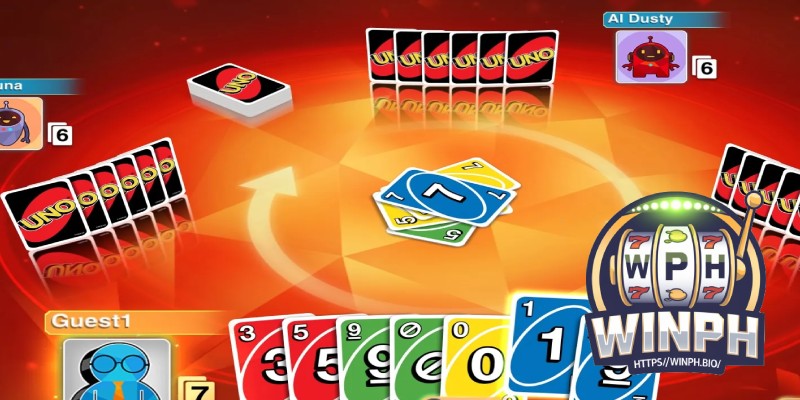
Uno is a classic board game where players receive 7 cards to play with. The first player to run out of cards wins the round. Developed in 1971, Uno has become a global phenomenon with over 150 million card sets sold worldwide, making it a staple in Filipino households and online gaming platforms.
The Uno deck consists of 108 cards, including numbered cards from 0-9 in four different colors (red, green, blue, yellow) and special function cards. Each color contains 25 cards, along with 8 special cards without fixed colors that serve as wild cards and action cards
Basic Uno Card Game Rules for Beginners Philippines
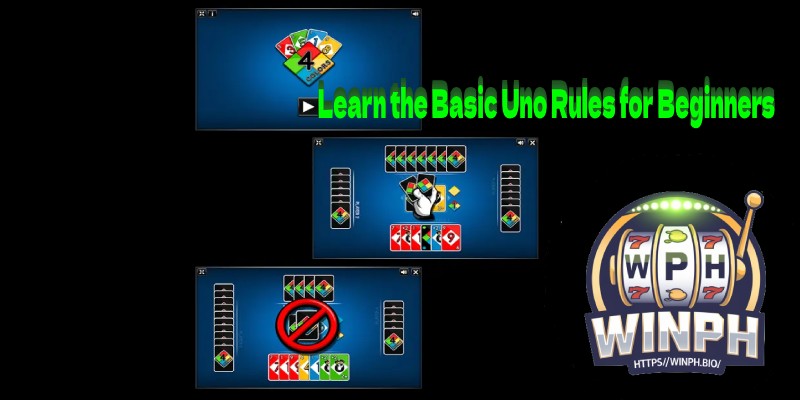
The rules of Uno are fairly simple, making it easy for new players to get started. Here’s a step-by-step guide to playing Uno correctly.
How to Play Uno – Basic Gameplay
Game preparation begins with shuffling the deck and dealing cards evenly to each player. According to official rules, each player draws one card from the deck, and the player with the highest number becomes the dealer, with the person to their left playing first.
The basic Uno gameplay involves dealing 7 cards to each player, then playing cards following the principle of “same color or same number” or using special function cards. The first card from the remaining deck is flipped face-up to create the discard pile, while the rest remains face-down as the draw pile.
Gameplay proceeds in a circular pattern, with each player taking turns playing one matching card or drawing if they have no suitable card. Crucially, players must shout “UNO!” when they have one card remaining, or they’ll be penalized by drawing 2 additional cards.
Core Uno Rules Philippines
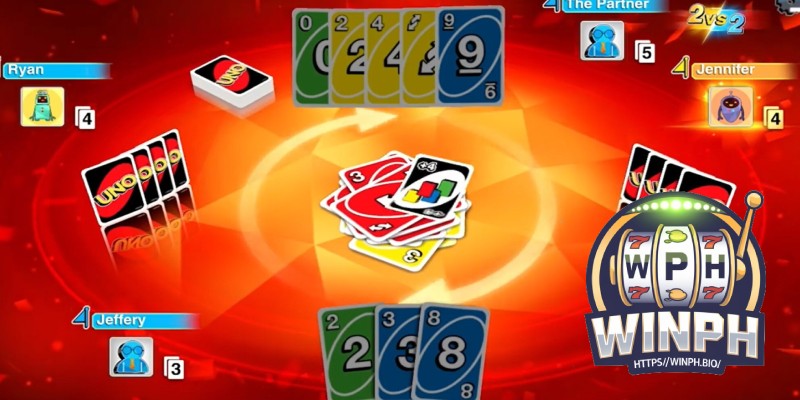
The fundamental principle of Uno revolves around matching colors or numbers. If the top card on the discard pile is a red 5, you can play any card with the number 5 (regardless of color) or any red card (regardless of number).
When no matching card is available, players must draw one card from the deck. If the drawn card can be played, the player may play it immediately during the same turn. Otherwise, the turn passes to the next player.
Uno’s unique aspect lies in its psychological element. Concealing intentions, reading opponents, and timing special function cards appropriately are crucial skills for winning in Philippine online gaming environments.
Advanced Uno Card Game Rules for Professional Players Philippines
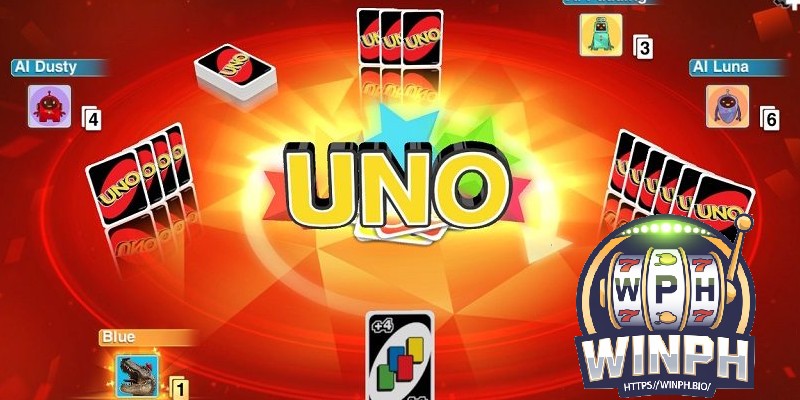
Uno Combo Rules Philippines
The Uno online Combo rule means that when an opponent plays a function card like Draw 2 or Draw 4, the next player can use a similar card to “combo” – transferring the effect to the subsequent player with accumulated draw penalties.
For example: If Player A plays Draw 2, Player B can play another Draw 2, forcing Player C to draw 4 cards instead of 2. This rule creates dramatic and unexpected situations, requiring players to carefully calculate when to hold onto function cards.
Wild Draw 4 Cards: When this card is played, you have the right to choose the color for the next turn, and the next player must draw 4 cards if they don’t have a similar card to use the Combo rule. However, Wild Draw 4 can only be used when the player has no other cards matching the current color.
Double Play Rules (Playing Pairs)

Double Play Rule: If you possess two identical cards with the same color and number, you can place both down simultaneously. This move helps you get closer to victory.
The double play rule requires two cards to be completely identical – same color and same number. For example: two red 7 cards can be played together. This doesn’t apply to function cards unless they’re completely identical in color and function.
The most effective double play strategy involves holding onto card pairs for use at decisive moments, especially when few cards remain in hand. However, consider balancing between playing doubles early to reduce card count or holding them for surprise advantages.
Understanding Uno Card Meanings Philippines
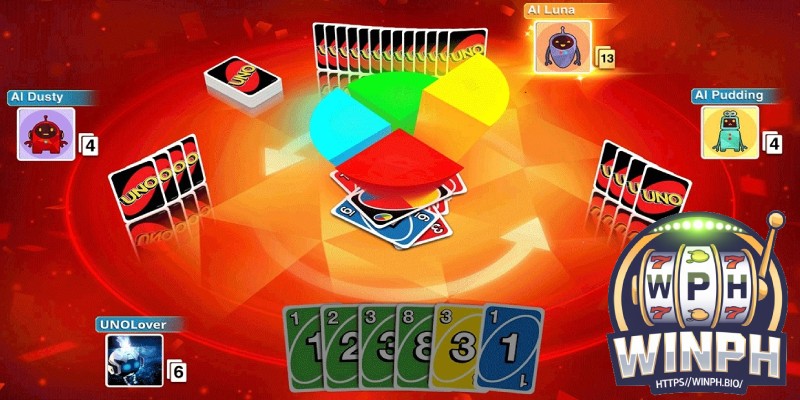
Beyond the standard numbered cards (0-9) in four colors, the Uno card game Online casino rules include several special function cards:
- Understanding each card type is key to Uno success. Number cards (0-9) have point values corresponding to their numbers, used for end-game scoring.
Skip Cards: When played, the next player loses their turn. Wild Cards: When playing this function card, you can freely choose the color for the next turn. Reverse Cards: When played, the game direction reverses counter-clockwise, and the next player corresponds to the new rotation.
- Draw 2 cards force the next player to draw 2 cards and lose their turn, unless they have another Draw 2 to combo. This is a powerful attack card that should be used strategically to prevent opponents from winning.
- Draw 2, reverse, and skip cards add 20 points each when scoring. Wild and Draw 4 cards count as 50 points in end-game scoring. This shows the importance of playing high-point cards before the round ends.
- Wild Draw 4 is the most powerful card, allowing color changes and forcing opponents to draw 4 cards. However, this card should only be used when truly having no other options, and can be “challenged” if opponents suspect illegal usage.
- At WINPH, the automated system checks the legality of played cards, ensuring fair and transparent gameplay. This allows Filipino players to focus on strategy rather than worrying about cheating or rule violations.
Conclusion
Uno transcends simple luck-based gaming, demanding deep strategic calculation. From hand management and opponent reading to timing special function cards appropriately – everything influences the final outcome.
WINPH Philippines continues to lead the online Uno gaming scene, providing Filipino players with authentic, secure, and entertaining card game experiences. Whether you’re a beginner learning basic rules or an advanced player mastering combo strategies, WINPH offers the perfect platform for Uno enthusiasts in the Philippines.
See more:


